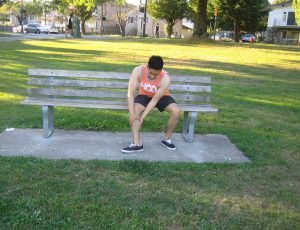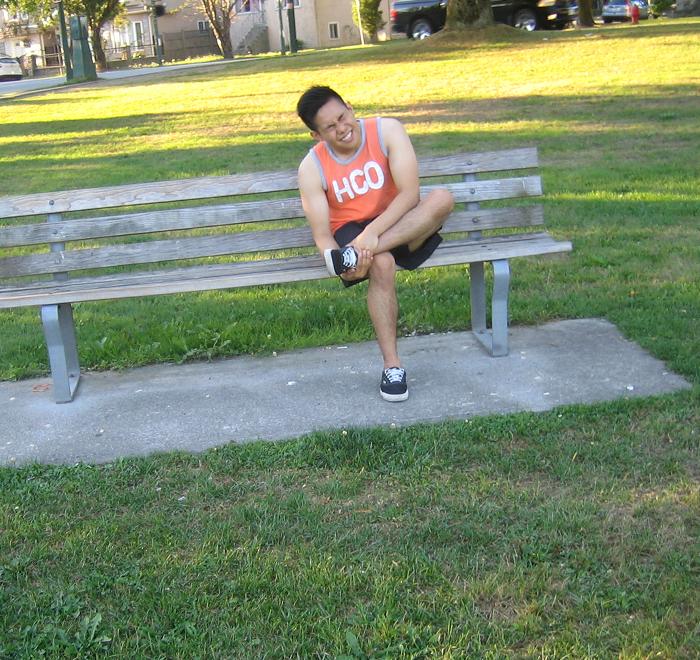Stress fractures are small cracks in a bone due to repetitive force due to overuse such as frequently jumping and running long distances. This condition can also arise from normal use of a bone and becomes weakened by condition such as osteoporosis.
Stress fractures usually affect the weight-bearing bones of the lower leg as well as the foot. Stress fracture can develop in people who are just starting a new exercise or a sudden increase of intensity of the work out. When the muscle is not properly conditioned they are not capable of supporting and cushioning the bones. Increased pressure placed on the ones can result to a fracture.
Women who do not have regular menstrual cycle are also prone to develop stress fracture. A reduced estrogen can result to osteoporosis or weakening of the bone. Abnormalities such as fallen arches increase the risk of developing this condition.

Symptoms of stress fractures
- A dull pain and tenderness around the affected area
- The pain becomes severe when performing exercises, standing and walking
- Swelling
- Bleeding and bruising
- Deformity of the affected area
Treatment
- Rest the affected area as much as possible. Avoid placing weight on the area to prevent further irritation or damage and for fast healing of the condition.
- Wear crutches to lessen pressure placed on the area.
- Apply ice pack on the area for at least 20 minutes to lessen the pain and the inflammation. Avoid ice directly on the skin to prevent further irritation and worsen the condition. Wrap ice with a towel or a piece of cloth before placing to the area.
- Apply compression bandage on the area. Avoid wrapping it too tight to prevent problems with circulation. If the skin turns blue under the wrap, loosen the bandage.
- Elevate the affected area above the level of the heart to lessen the swelling, the inflammation and for proper flow of blood in the area. raise the area in a couple pillows to keep it elevated
- Use the prescribed over-the-counter drug such as naproxen, aspirin and ibuprofen to reduce the discomfort and the inflammation.
- When the swelling is lessened, start placing weight on the area such as crutches or a walking stick. Start full weight bearing after 2 weeks after the symptoms can be felt. Weight bearing stimulates healing of the area.
Tips
- If starting a new exercise routine, or increasing the intensity, make the changes gradually. Avoid overdoing or overworking the body as working towards the athletic goals.
- Increase the consumption of calcium in the diet for strong and healthy bones
More Information
The details posted on this page on stress fractures is for learning purposes only. To learn to recognize and manage this injury, enroll in a first aid course with one of our training providers.
FACT CHECK
https://orthoinfo.aaos.org/en/diseases–conditions/stress-fractures/
https://www.mayoclinic.org/diseases-conditions/stress-fractures/symptoms-causes/syc-20354057
https://www.webmd.com/fitness-exercise/stress-fractures-the-basics

